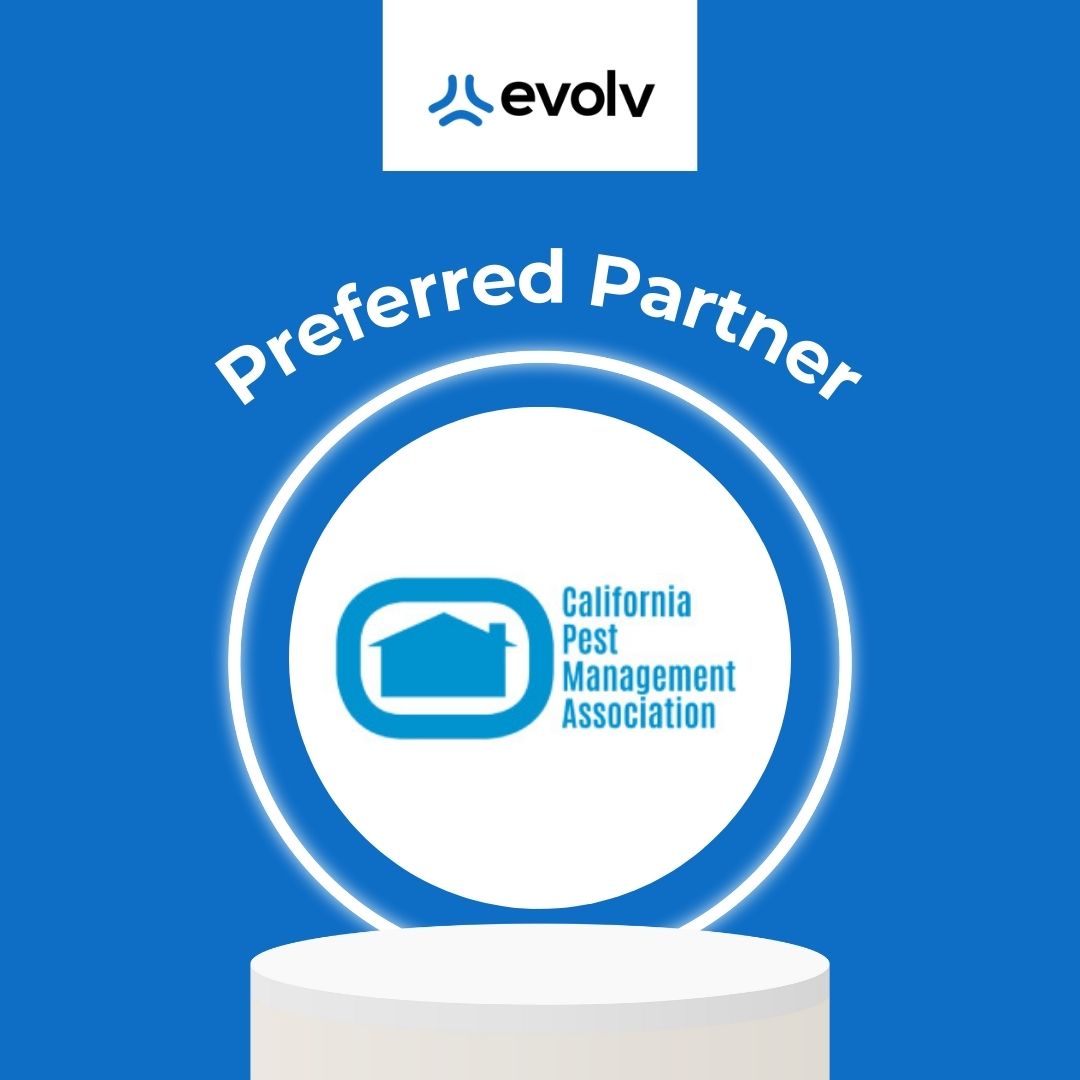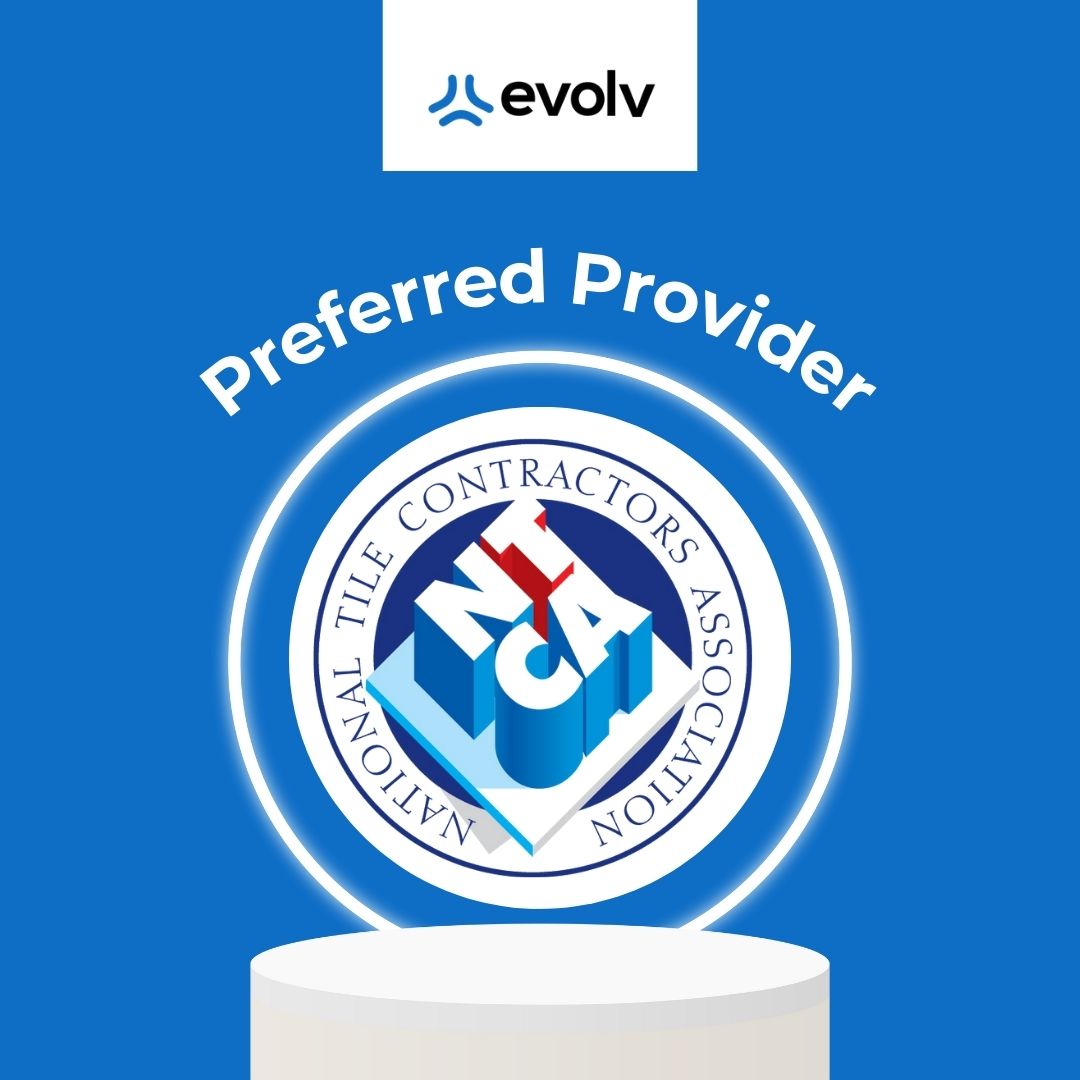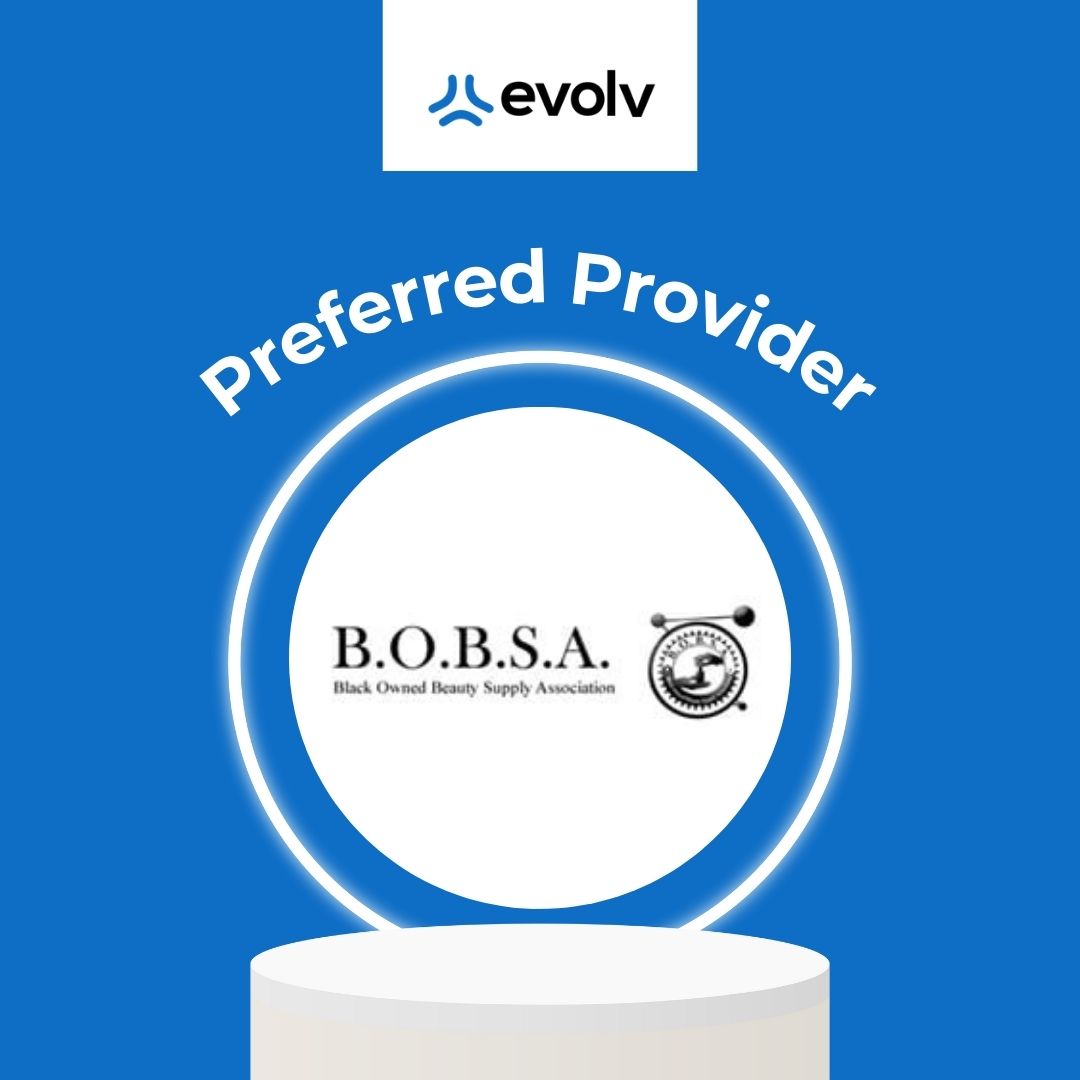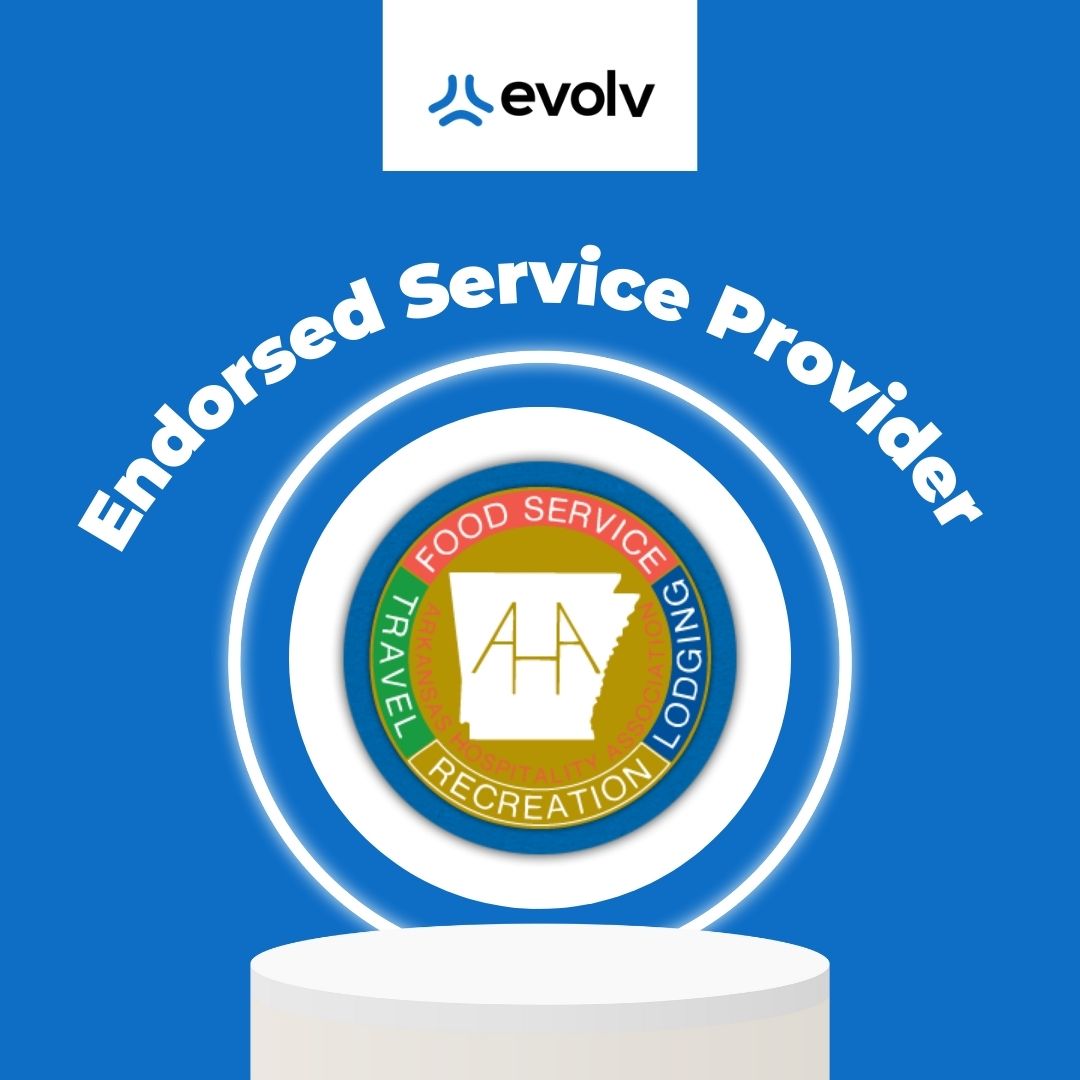Clearing up Common Misconceptions about Dual Pricing
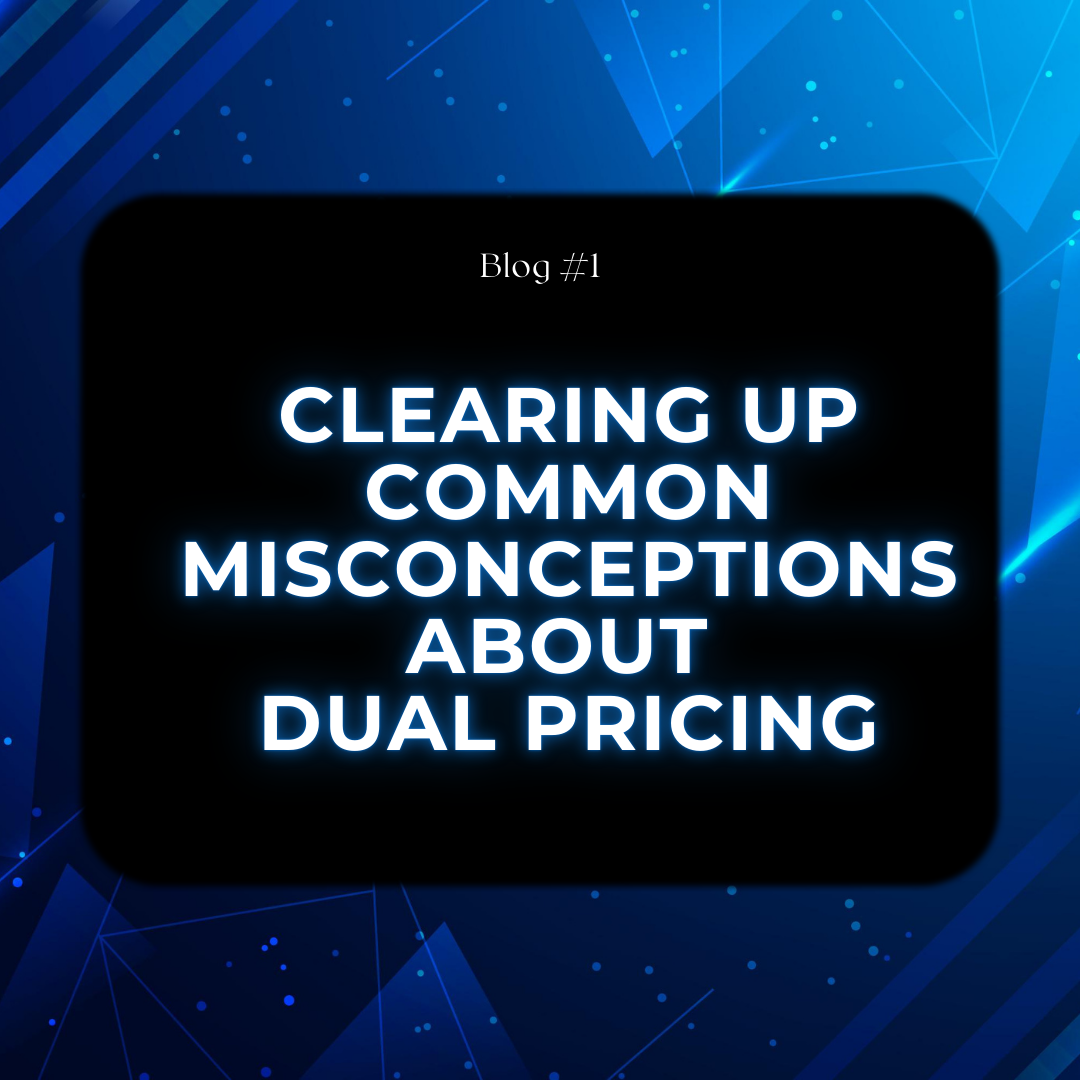
Ready to give your clients more flexibility and boost their profitability? Start presenting dual pricing today, because the future of payment processing is about empowering customers and cutting costs.
Yet, despite its advantages, several misconceptions persist, particularly about its impact on customer satisfaction and brand reputation. In this post, I will clear the air and provide you with a thorough understanding of dual pricing—its legality, ease of implementation, and most importantly, the true effects it has on customer relationships and your business's reputation.
1. Dual Pricing is Illegal
One of the most persistent myths surrounding dual pricing is the belief that it is illegal. In reality, dual pricing is fully legal in all 50 states, as long as businesses follow card brand guidelines. The key element in maintaining legal compliance is transparency. Merchants are required to display both cash and card prices clearly to their customers, either on signage or directly at the point of sale. By doing so, businesses give customers the information they need to make an informed decision, without confusion or surprise charges.
2. Customers Will Be Upset by Dual Pricing
Have you ever been to a store where the salesperson is so pushy you want to pay them to leave? That is a sales approach you definitely want to avoid! Luckily, dual pricing is not pushy, it is simply offering the customer the choice of how they want to pay. No arm-twisting required!"
Perhaps one of the biggest myths that keeps businesses back from adopting dual pricing is the fear that customers will react negatively to the idea of paying different prices based on their payment method. The concern here is understandable—after all, no one wants to alienate or frustrate their customer base. However, the reality is far less dire than many expect. When implemented correctly, dual pricing is actually well-received by customers.
Understanding the Customer Perspective
The key to making dual pricing work lies in how it is communicated. Customers generally appreciate having the option to save money, especially when the choice is clearly laid out for them. Instead of viewing the price difference as a punishment for using credit, many customers see it as an incentive to use cash and save money. It is crucial to frame the dual pricing as a discount for cash rather than a surcharge for credit. When this is clearly conveyed, it shifts the focus from “penalizing” card payments to offering a benefit for cash payments, which customers can respect.
It is also worth noting that many businesses already use pricing strategies that involve some form of differentiation—think of loyalty discounts or promotional pricing based on customer loyalty or purchase volume. Dual pricing, in this sense, is no different. It is simply a way to structure pricing based on the payment method, and most customers are quite familiar with the idea of different prices for different methods of payment (e.g., cash vs. credit). If the customer feels informed and respected in the process, they are more likely to accept and appreciate the choice.
Creating a Transparent Environment
One of the most important aspects of dual pricing is transparency. By clearly displaying both cash and card prices at the point of sale, businesses set expectations early. Customers know exactly what to expect before they reach the checkout counter. Whether they choose to pay with cash or credit, they do so with the knowledge of the price difference. This helps to eliminate any feelings of resentment or frustration, as customers are not caught off guard.
Additionally, when customers feel like they are getting a deal for choosing cash, it fosters a sense of fairness. Many consumers prefer transparency in pricing and appreciate businesses that offer clear choices. Dual pricing can therefore be viewed not as a burden, but as a value-added service—customers feel empowered to make the choice that best suits their financial situation.
3. Dual Pricing is Just a Form of Surcharging
A common misconception is that dual pricing is the same as surcharging. While both strategies involve offering different prices for different payment methods, they are distinct practices. Surcharging involves adding an additional fee to credit card payments, often with the goal of covering the merchant’s payment processing costs. This fee is often unexpected and can create frustration for customers who feel that they are being unfairly charged more for using their credit card.
In contrast, dual pricing offers customers two clear options from the outset. At no point are customers surprised by additional fees or hidden charges. Instead, they are simply presented with two prices—one for paying with cash and one for paying with a card. This upfront choice empowers customers to make their own decision, based on what works best for them. There is no "penalty" for using a card; it is simply a different payment method with a different price structure. This approach, when clearly communicated, avoids the frustrations commonly associated with surcharges.
Think of dual pricing like a coupon—only, instead of clipping it out of a Sunday newspaper, you are choosing between a cash price or a card price. No hidden fine print, just clear choices. If your customer likes paying with cash, they feel like they have found a double-bonus coupon.
4. It’s Too Complicated to Set Up
Some folks think dual pricing is as complicated as putting together IKEA furniture. But really, it is more like ordering a pizza—you know exactly what you are getting. Two prices. You choose. Done.
The truth is that many modern payment processors offer solutions that automate the process of dual pricing. These systems are designed to display both prices at the point of sale, reconcile payments easily, and ensure accurate reporting without any manual input from the merchant. With the right provider, dual pricing can be implemented with minimal disruption to daily operations.
Ease of integration is another factor that makes dual pricing an attractive solution for businesses of all sizes. Many point-of-sale systems can easily incorporate dual pricing features, and the pricing difference is automatically applied when processing payments. Merchants need only display signage that explains the pricing model, making it clear to customers that there are two payment options.
5. You Have to Label Every Item with Two Prices
A common fear among merchants is that they will need to display two prices on every item in their store. In reality, this is unnecessary. Most merchants choose to display only the card price on product labels and rely on clear signage at the point of sale to explain the dual pricing model. At checkout, the terminal will show both prices—cash and card—allowing customers to choose the option that best suits them.
6. Debit Transactions Must Be Treated Like Cash
Another myth is that debit card transactions must be treated the same as cash in a dual pricing model. While this may be an option for some businesses, it is not a requirement. Debit transactions can be priced the same as credit card transactions, priced slightly lower, or treated under a hybrid model. This flexibility allows businesses to tailor their dual pricing strategy based on their specific goals, ensuring they can maximize margins while still offering value to their customers.
7. Dual Pricing is Only for Small Businesses
Although small businesses have been quick to adopt dual pricing, this strategy is not exclusive to them. In fact, many large businesses and even franchises have incorporated dual pricing into their payment models, especially in industries with thin margins. Whether a business is small or large, dual pricing provides a clear advantage by reducing payment processing fees and offering customers more flexible payment options.
8. Dual Pricing is a New, Unproven Strategy
Dual pricing is not a new strategy. It has been used in industries like fuel and retail for decades to mitigate rising processing costs. Businesses in these sectors have long relied on dual pricing to balance the cost of accepting credit card payments with the need to remain competitive in their pricing.
9. It Will Hurt My Business Reputation
One of the most significant concerns about dual pricing is its potential to damage a business’s reputation. After all, a strong reputation is key to customer retention and long-term success. So, it is natural for business owners to worry that introducing dual pricing could be seen as a sign of poor customer service or a lack of transparency.
However, when implemented with clarity and transparency, dual pricing can actually enhance a business’s reputation. Customers respect honesty, and when they are presented with both cash and card price options upfront, they feel more in control of their purchasing decisions. Transparency fosters trust. Businesses that openly communicate pricing structures demonstrate a commitment to fairness and customer satisfaction.
By making pricing clear and straightforward, businesses reduce the potential for confusion and frustration at checkout. Customers who understand that there is a choice to make—cash or card—are less likely to feel blindsided by the final price. This transparency builds goodwill and improves customer loyalty. In fact, many customers will appreciate the chance to save money when they choose to pay with cash, which in turn can boost customer satisfaction.
10. Dual Pricing Will Lower Sales Volume
The idea that dual pricing will hurt sales volume is another myth that many merchants worry about. The truth is that dual pricing does not negatively impact sales. Instead, it offers customers more options, which can actually lead to increased sales. By reducing processing fees, businesses can improve profitability while maintaining competitive pricing. Additionally, customers who appreciate the option to save money on their purchases are more likely to return.
Conclusion
Dual pricing is a powerful and practical solution for businesses looking to reduce payment processing fees while providing customers with more flexible payment options. The misconceptions surrounding dual pricing—whether about its legality, its complexity, or its impact on customer satisfaction and reputation—are easily debunked. When implemented with transparency and clear communication, dual pricing can enhance your customer relationships, boost your reputation, and improve your bottom line.
By addressing these myths and understanding the true benefits of dual pricing, businesses of all sizes can confidently adopt this strategy to stay competitive in an increasingly cost-conscious market.
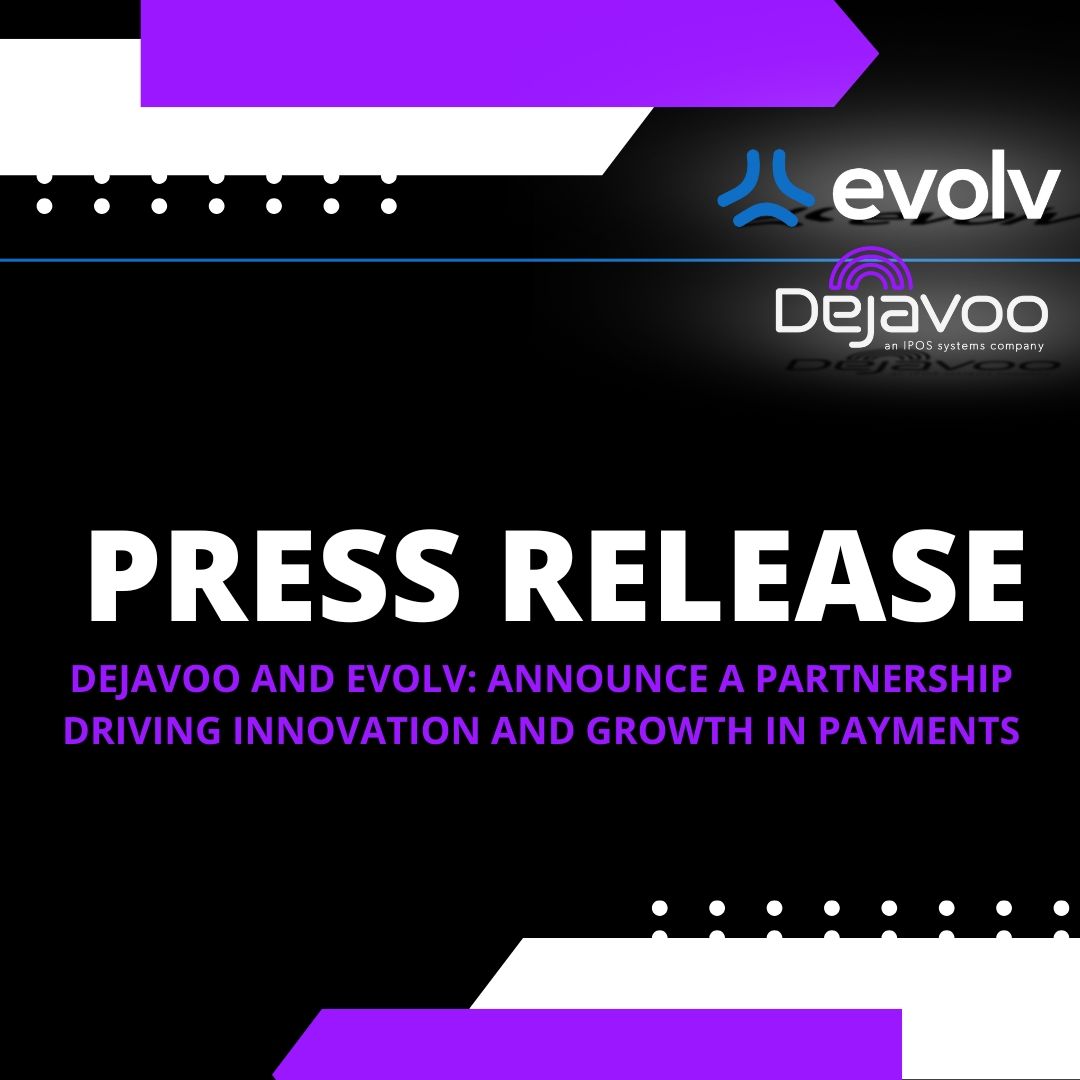
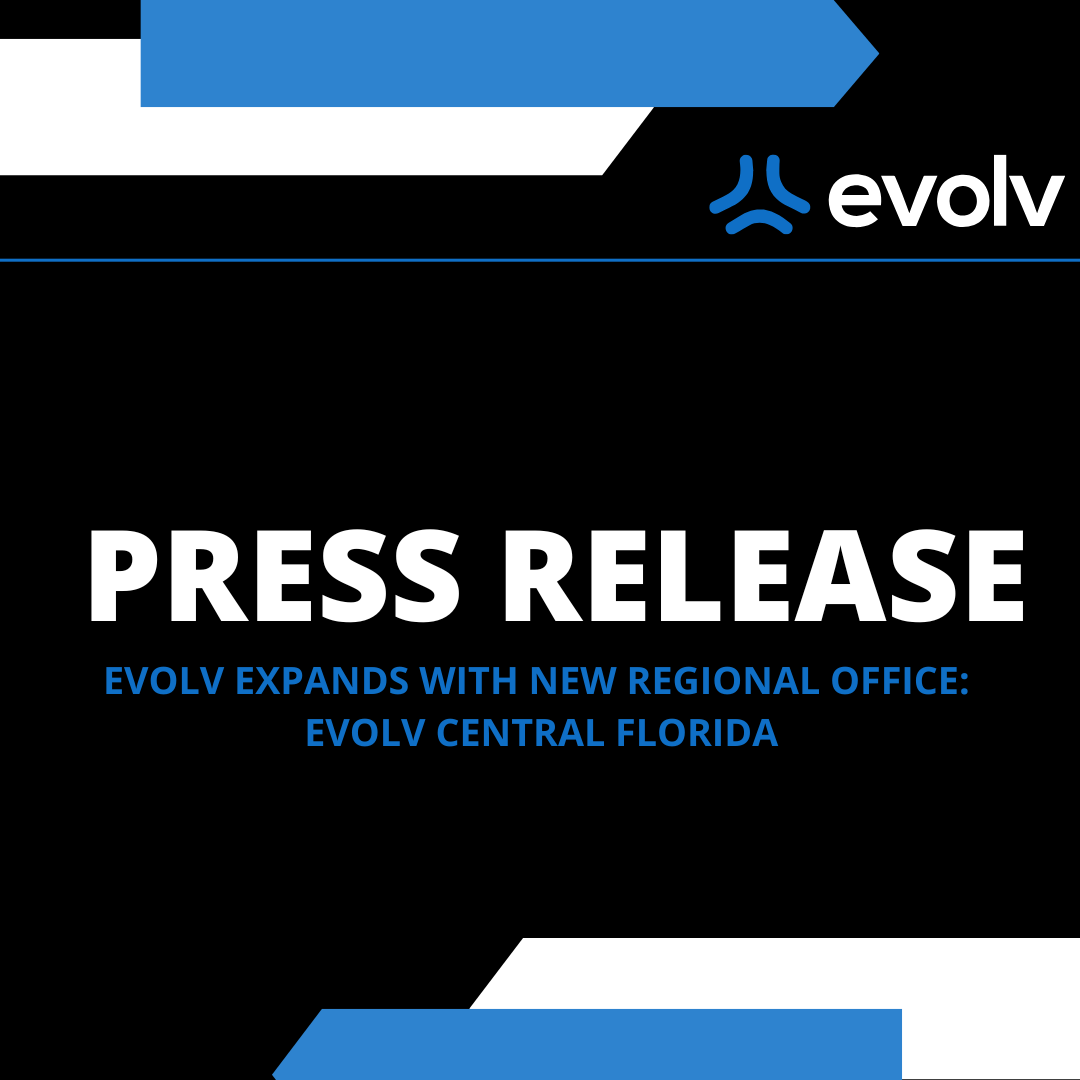
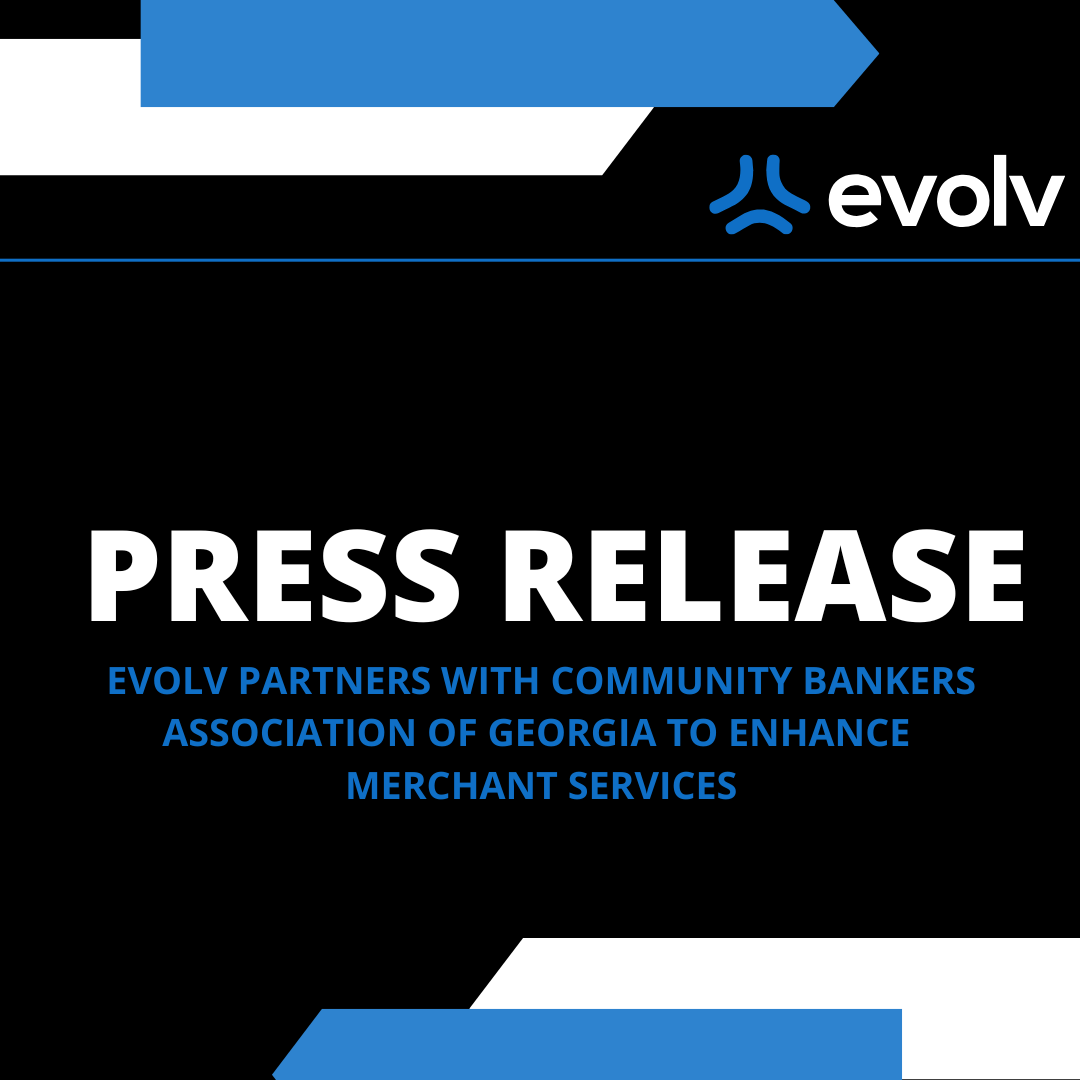
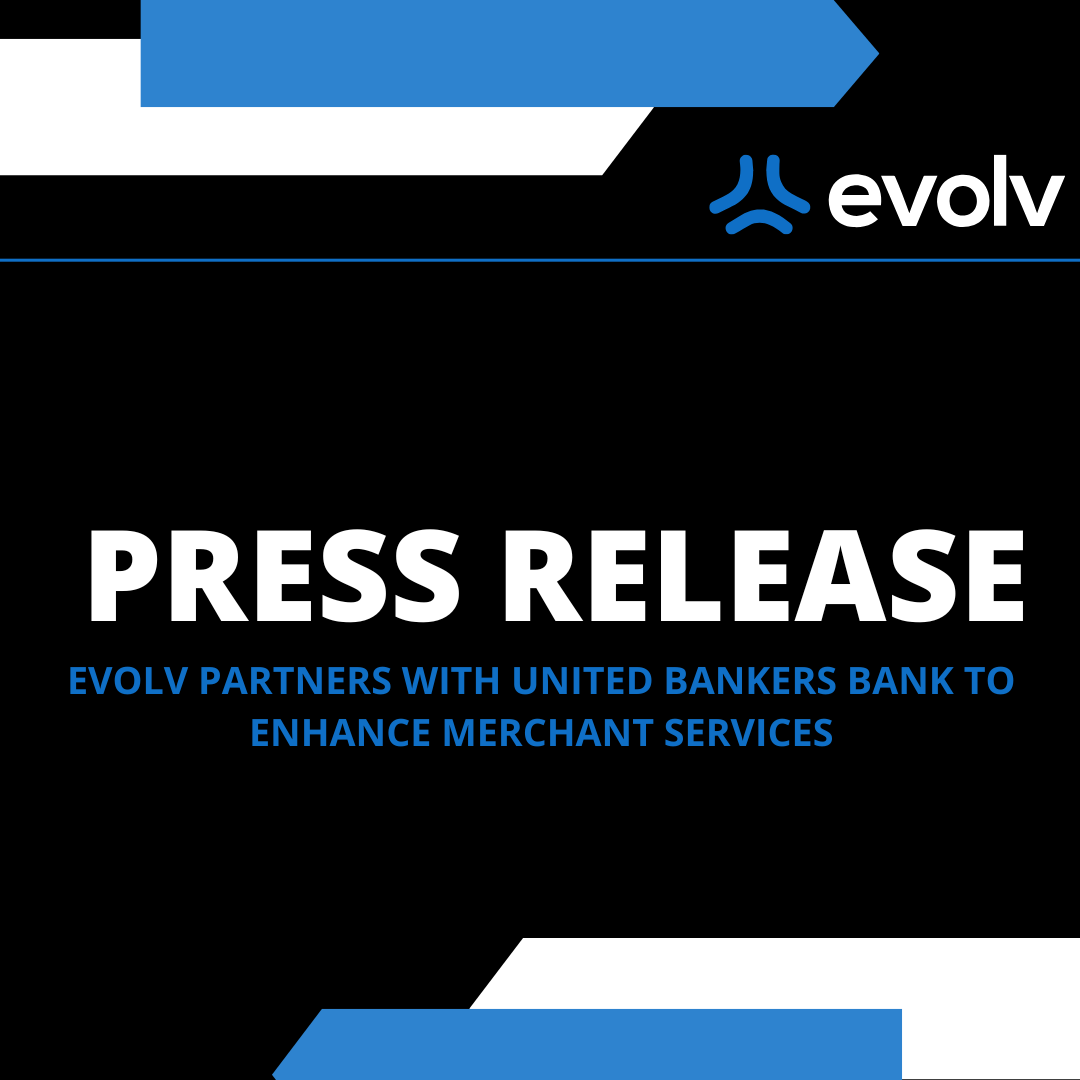
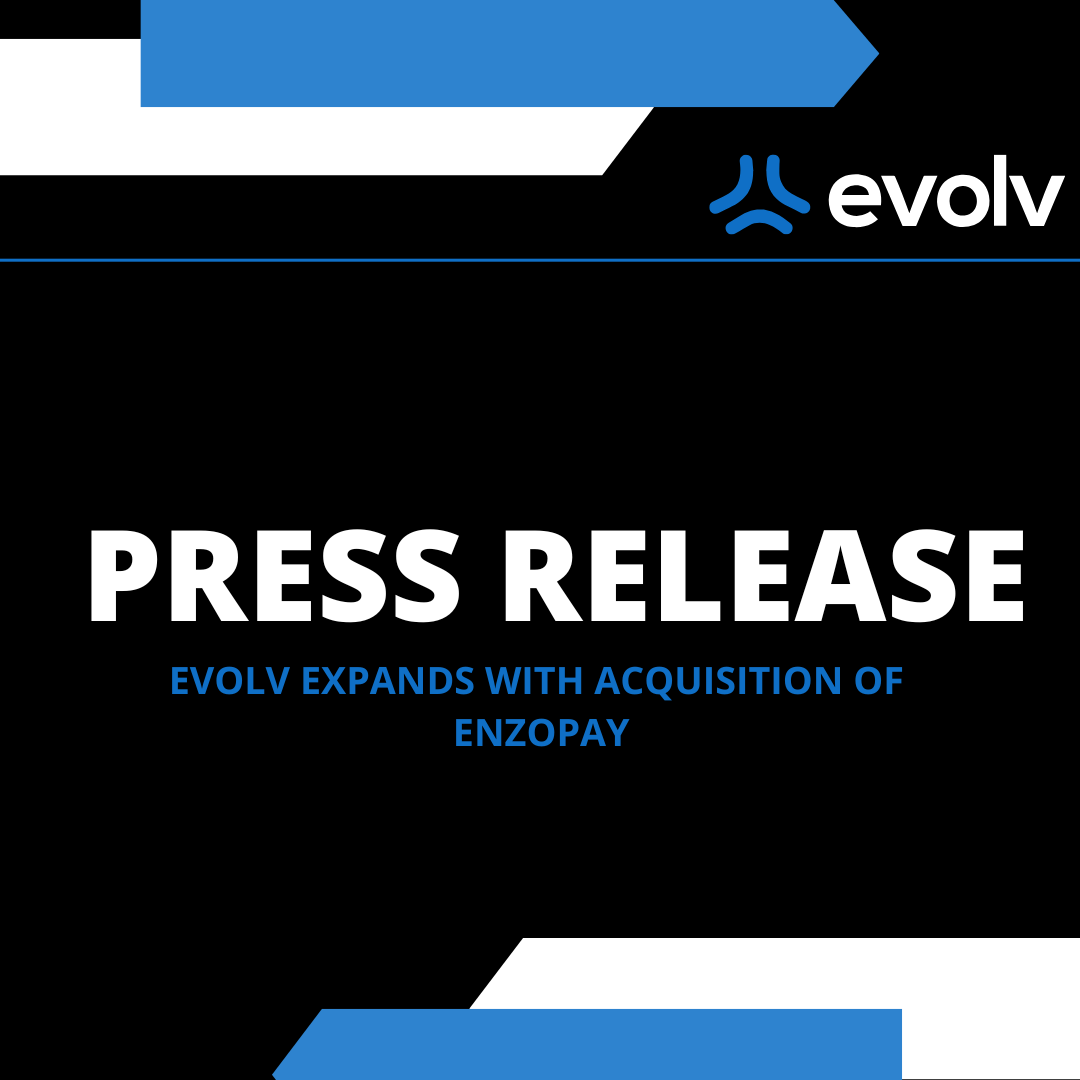
Evolv, Inc, doing business as Evolv is a registered Independent Sales Organization of Wells Fargo Bank N.A., Concord, CA, PNC Bank, N.A. Pittsburgh, PA and Fifth Third Bank, N.A., Cincinnati, OH
All Rights Reserved | Evolv


